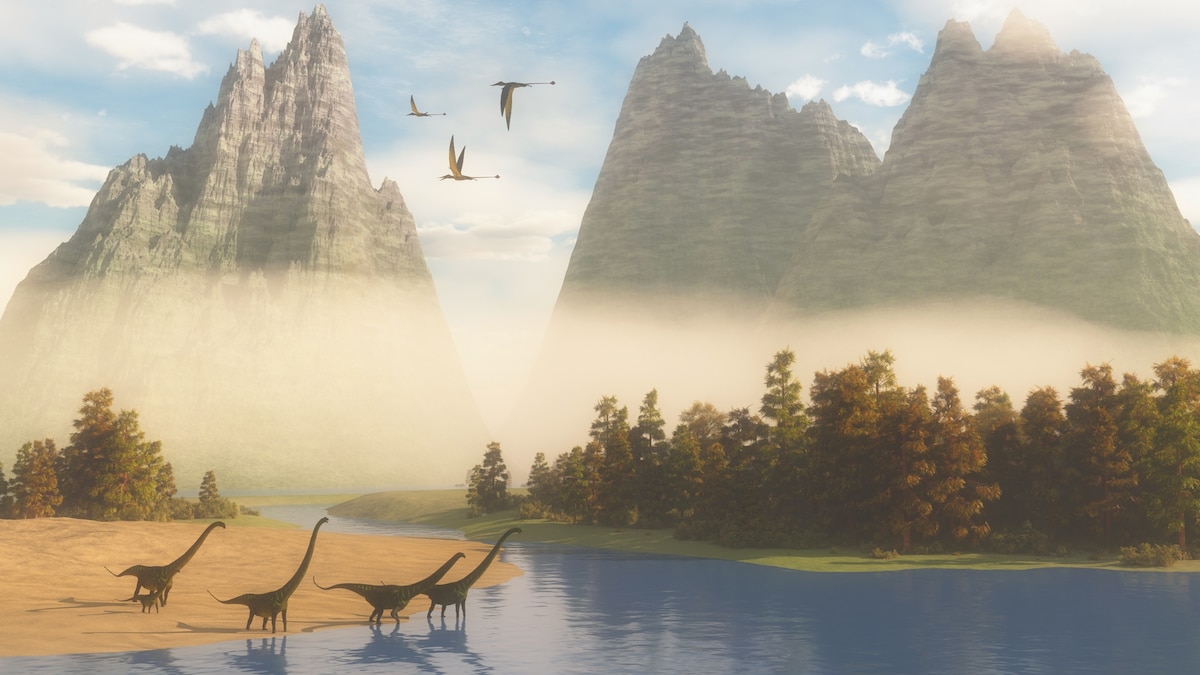Now Reading: Jurassic Period: Key Facts and Insights
-
01
Jurassic Period: Key Facts and Insights
Jurassic Period: Key Facts and Insights

Swift Summary
- The Jurassic period was marked by dinosaurs dominating Earth and thriving in tropical climates filled wiht ferns, flowering plants, and conifers.
- The breakup of the supercontinent Pangaea led to the formation of Laurasia (North America and Eurasia) and Gondwana (Antarctica,Madagascar,India,Australia). This created new oceans that raised sea levels.
- Humid subtropical conditions replaced previously arid deserts. Plant life such as cycads, conifers like araucaria and pines, ginkgoes, podocarps, and tree ferns were abundant globally.
- Marine life included plesiosaurs, sharks, giant marine crocodiles, ichthyosaurs, cephalopods like ammonites and squids; coral reefs flourished alongside plankton-rich oceans.
- On land during this period:
– Massive plant-eating sauropods like Brachiosaurus (up to 52 feet tall), Diplodocus, grew exceptionally large as a potential strategy against predators such as Allosaurus.
!Illustration of Jurassic Period Dinosaurs
Illustration by Sergey Krasovskiy/Stocktrek Images/Getty Images.
Indian Opinion Analysis
The Jurassic period’s geological shifts hold significant relevance for understanding Earth’s evolutionary history-including how India’s eventual rise from Gondwana shaped its landmass over millions of years. The biodiversity explosion amidst climatic conversion demonstrates how ecosystems adapt to environmental changes-a principle relevant today given global climate challenges.For India specifically-home now to rich fossil deposits-learning from these ancient formations could offer valuable clues about prehistoric biodiversity influenced by tectonics.
India’s past provides a unique geological legacy tied directly to the breakup of Gondwana as it drifted toward Asia over millions of years before colliding into the continent-a process that created landmarks such as the Himalayas. Advancing research into such eras fosters scientific leadership while inspiring efforts toward sustainability amid climate-induced ocean rises or ecosystem reshaping mirrored in Earth’s prehistoric legacies.

























